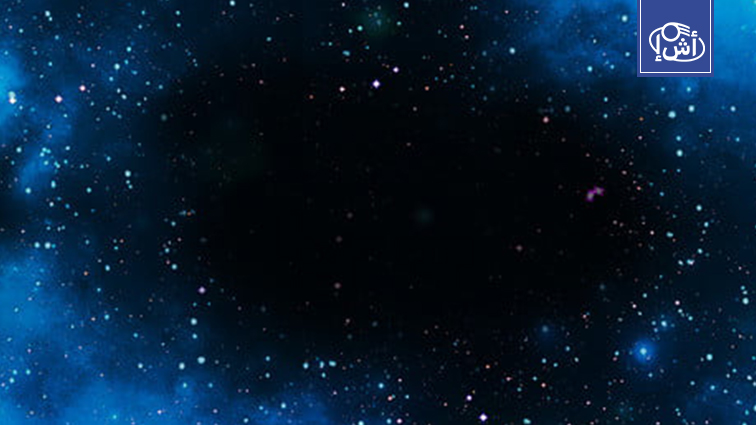A research team from the University of Copenhagen’s Nils Bohr Institute has detected the birth of three of the oldest galaxies that formed 13.3 to 13.4 billion years ago and originated after the Big Bang.
The scientists used the James Webb space telescope, which, thanks to its infrared detection capability, enabled them to capture direct images of huge clusters of hydrogen around the nucleus of the fledgling.
This new vision provides concrete evidence of galaxy formation, an event that has never been documented so clearly.
Professor Kasper Elm Heintz, who led the study, said the findings were “the first time we have already seen galaxies born”.
Heintz noted that the evidence provided by the James Webb Telescope opened a new window to understanding the beginnings of the universe and the conditions that led to the formation of the celestial bodies we see today.
The discovery is particularly important because it takes place during what is known as the age of reionization, a period when light and energy from the first galaxies began to penetrate dark clouds of hydrogen gas, and this stage is a major turning point in the history of the universe, as the first forms of galaxies began to define the contours of the observable universe as we know it today.
It is noteworthy that the James Webb telescope was launched on December 25, 2021, and since it began its work, it has been able to observe the first stars and galaxies, and revealed the formation of stars through images that showed the birth moments of stars that were hidden behind giant dust clouds, and also surveys space in search of life in distant planets and studies their geological components.
A Russian company develops an advanced light space rockets
